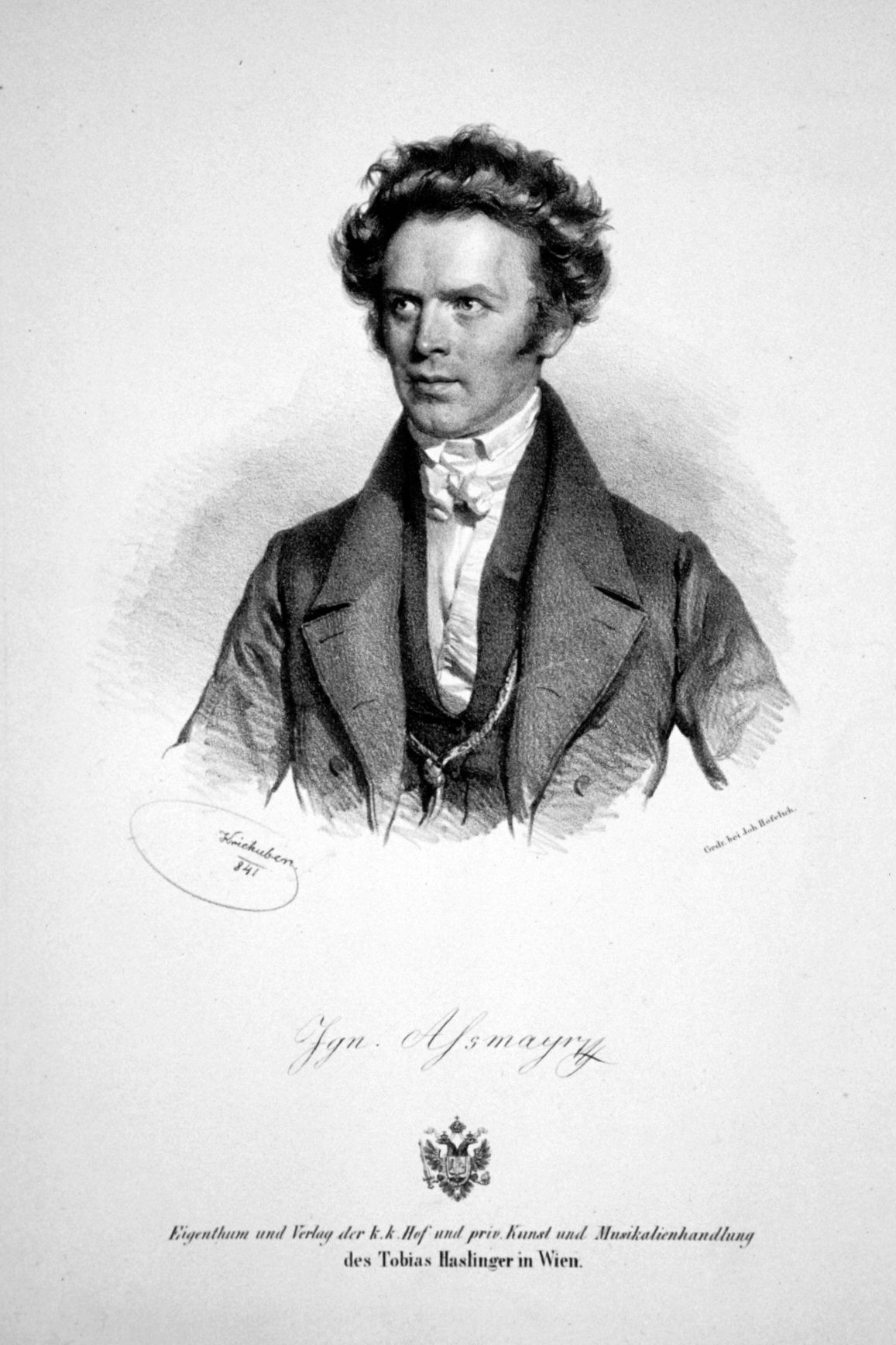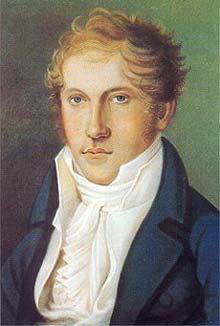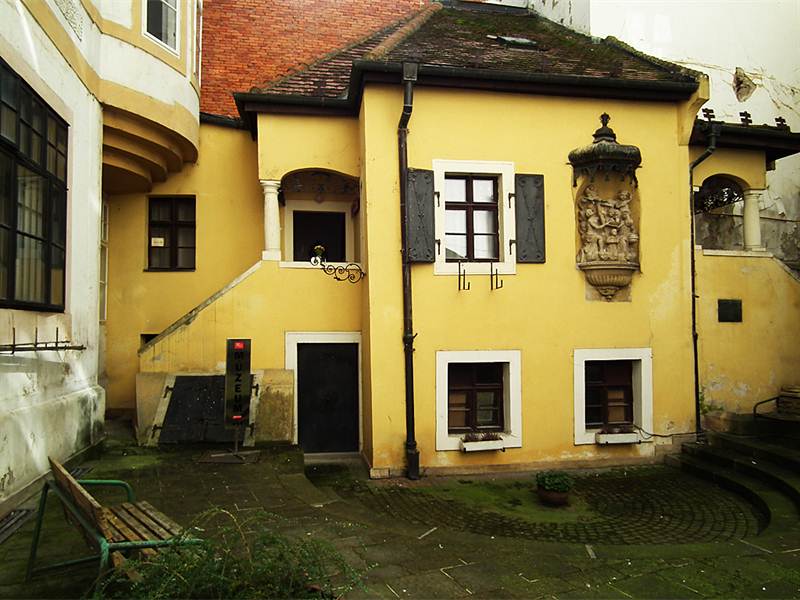|
1808 In Music
This is a list of music-related events in 1808. Events *December 20 – The original Covent Garden Theatre in London is destroyed by a fire, along with most of the scenery, costumes and scripts. *December 22 – Beethoven concert of 22 December 1808: Ludwig van Beethoven conducts and plays piano in a marathon benefit concert at the Theater an der Wien in Vienna consisting entirely of first public performances of works by him including the Symphony No. 5, Symphony No. 6, Piano Concerto No. 4 and Choral Fantasy. *Harvard University forms its own orchestra. *Ignaz Schuppanzigh's Schuppanzigh Quartet enters the employment of Count Andrey Razumovsky. * Ignaz Assmayer becomes organist of St Peter's Abbey, Salzburg. Popular Music * " Believe Me, if All Those Endearing Young Charms", part of the ''Irish Melodies'' by poet Thomas Moore and composer (Sir) John Andrew Stevenson Classical Music *Ludwig van Beethoven ** Symphony No. 5, Op. 67 (completed) ** Symphony No. 6, Op. 68 ** Cello ... [...More Info...] [...Related Items...] OR: [Wikipedia] [Google] [Baidu] |
1808
Events January–March * January 1 ** The importation of slaves into the United States is banned, as the 1807 Act Prohibiting Importation of Slaves takes effect; African slaves continue to be imported into Cuba, and until the island abolishes slavery in 1865, half a million slaves will arrive on the island. ** Sierra Leone becomes a British Crown Colony. * January 12 ** The organizational meeting leading to the creation of the Wernerian Natural History Society, a Scottish learned society, is held in Edinburgh. ** John Rennie's scheme to defend St Mary's Church, Reculver in south east England, founded in 669, from coastal erosion is abandoned in favour of demolition, despite the church being an exemplar of Anglo-Saxon architecture and sculpture. * January 22 – Transfer of the Portuguese court to Brazil: John (Dom João), Prince Regent, and the Bragança royal family of Portugal arrive in their colony of Brazil in exile from the French occupation of their home kingdom ... [...More Info...] [...Related Items...] OR: [Wikipedia] [Google] [Baidu] |
Ignaz Assmayer
Ignaz Assmayer (11 February 1790 – 31 August 1862) was an Austrian composer of liturgical music. An organist at St. Peter's Abbey in Salzburg, he lived in Vienna from 1815, and was in 1846 the conductor of the Court Orchestra. Assmayer was a friend of Franz Schubert. Life Assmayer was born at Salzburg. He studied under Andreas Brunmayr and Michael Haydn, and later, when he went to Vienna, he received further instruction from Joseph Leopold Eybler. In 1808 he was organist at St. Peter's in Salzburg, and here he wrote his oratorio "Die Sündfluth" (The Deluge) and his cantata "Worte der Weihe". Some time after his move to Vienna, in 1815, he became choirmaster at the Schotten Kirche, and in 1825 was appointed imperial organist. After having served eight years as vice-choirmaster, he received in 1846 the appointment of second choir-master to the Court, as successor to Joseph Weigl. He died in Vienna. Works His principal oratorios, "Das Gelübde", "Saul und David", and "Sa ... [...More Info...] [...Related Items...] OR: [Wikipedia] [Google] [Baidu] |
Louis Spohr
Louis Spohr (, 5 April 178422 October 1859), baptized Ludewig Spohr, later often in the modern German form of the name Ludwig, was a German composer, violinist and conductor. Highly regarded during his lifetime, Spohr composed ten symphonies, ten operas, eighteen violin concerti, four clarinet concerti, four oratorios, and various works for small ensemble, chamber music, and art songs.Clive Brown. "Spohr, Louis." Grove Music Online. Oxford Music Online. 18 May 2012 Spohr invented the violin chinrest and the orchestral rehearsal mark. His output spans the transition between Classical and Romantic music, but fell into obscurity following his death, when his music was rarely heard. The late 20th century saw a revival of interest in his oeuvre, especially in Europe. Life Spohr was born in Braunschweig in the duchy of Brunswick-Wolfenbüttel to Karl Heinrich Spohr and Juliane Ernestine Luise Henke, but in 1786 the family moved to Seesen. Spohr's first musical encouragement ... [...More Info...] [...Related Items...] OR: [Wikipedia] [Google] [Baidu] |
Alessandro Rolla
Alessandro Rolla (; 23 April 175714 September 1841) was an Italian viola and violin virtuoso, composer, conductor and teacher. His son, Antonio Rolla, was also a violin virtuoso and composer. His fame now rests mainly as "teacher of the great Paganini", yet his role was very important in the development of violin and viola technique. Some of the technical innovations that Paganini later used largely, such as left-hand pizzicato, chromatic ascending and descending scales, the use of very high positions on violin and viola, octave passages, were first introduced by Rolla. Life Rolla was born in Pavia, Italy, in 1757 and after his initial studies he moved to Milan where, from 1770 to 1778, he studied with Giovanni Andrea Fioroni, Maestro di cappella at Milan Cathedral, who was the most important musician in Milan after G. B. Sammartini. Charles Burney, in his musical tour in Italy, refers to Fioroni to acquire information about the Ambrosian Chant. In 1772, he made his first pub ... [...More Info...] [...Related Items...] OR: [Wikipedia] [Google] [Baidu] |
Violin Sonata No
The violin, sometimes known as a ''fiddle'', is a wooden chordophone (string instrument) in the violin family. Most violins have a hollow wooden body. It is the smallest and thus highest-pitched instrument (soprano) in the family in regular use. The violin typically has four strings (some can have five), usually tuned in perfect fifths with notes G3, D4, A4, E5, and is most commonly played by drawing a bow across its strings. It can also be played by plucking the strings with the fingers (pizzicato) and, in specialized cases, by striking the strings with the wooden side of the bow (col legno). Violins are important instruments in a wide variety of musical genres. They are most prominent in the Western classical tradition, both in ensembles (from chamber music to orchestras) and as solo instruments. Violins are also important in many varieties of folk music, including country music, bluegrass music, and in jazz. Electric violins with solid bodies and piezoelectric pickups a ... [...More Info...] [...Related Items...] OR: [Wikipedia] [Google] [Baidu] |
Ferdinand Ries
Ferdinand Ries (baptised 28 November 1784 – 13 January 1838) was a German composer. Ries was a friend, pupil and secretary of Ludwig van Beethoven. He composed eight symphonies, a violin concerto, nine piano concertos (the first concerto is not published), three operas, and numerous other works, including 26 string quartets. In 1838 he published a collection of reminiscences of his teacher Beethoven, co-written with Franz Wegeler. The symphonies, some chamber works—most of them with piano—his violin concerto and his piano concertos have been recorded, exhibiting a style which, given his connection to Beethoven, lies between the Classical and early Romantic styles. Early life Ries was born into a musical family of Bonn. His grandfather, Johann Ries (1723–1784), was appointed court trumpeter to the Elector of Cologne at Bonn. Ries was the eldest son of the violinist and Archbishopric Music Director Franz Anton Ries (1755–1846) and the brother of violinist and co ... [...More Info...] [...Related Items...] OR: [Wikipedia] [Google] [Baidu] |
Étienne Méhul
Étienne Nicolas Méhul (; 16 November 1765 ~ 24 December 1817) was a French composer of the Classical period (music), classical period. He was known as "the most important opera composer in France during the French Revolution, Revolution". He was also the first composer to be called a "Romanticism, Romantic". He is known particularly for his operas, written in keeping with the reforms introduced by Christoph Willibald Gluck and Wolfgang Amadeus Mozart. Life Méhul was born at Givet in Ardennes to Jean-François Méhul, a wine merchant, and his wife Marie-Cécile (née Keuly). His first music lessons came from a blind local organist. When he showed promise, he was sent to study with a German musician and organist, , at the monastery of Lavaldieu, a few miles from Givet. Here Méhul developed his lifelong love of flowers. In 1778 or 1779 he went to Paris and began to study with Jean-Frédéric Edelmann, a harpsichord player and friend of Méhul's idol Christoph Willibald Gluck. ... [...More Info...] [...Related Items...] OR: [Wikipedia] [Google] [Baidu] |
Johann Nepomuk Hummel
Johann Nepomuk Hummel (14 November 177817 October 1837) was an Austrian composer and virtuoso pianist. His music reflects the Transition from Classical to Romantic music, transition from the Classical period (music), Classical to the Romantic music, Romantic musical era. He was a pupil of Mozart, Salieri and Muzio Clementi, Clementi. He also knew Beethoven and Schubert. Life Early life Hummel was born as an only child (which was unusual for that period) in Pressburg, Kingdom of Hungary (now Bratislava, Slovakia). He was named after the Czech patron saint John of Nepomuk. His father, Johannes Hummel, was the director of the Imperial School of Military Music in Vienna; his mother, Margarethe Sommer Hummel, was the widow of the wigmaker Josef Ludwig. The couple married just four months beforehand. Hummel was a child prodigy. At the age of eight, he was offered music lessons by the classical composer Wolfgang Amadeus Mozart, who was impressed with his ability. Hummel was taught ... [...More Info...] [...Related Items...] OR: [Wikipedia] [Google] [Baidu] |
Bernhard Henrik Crusell
Bernhard Henrik Crusell (15 October 1775 – 28 July 1838) was a Swedish-Finnish clarinetist, composer and translator, "the most significant and internationally best-known Finnish-born classical composer and indeed, — the outstanding Finnish composer before Sibelius".Sebiography of Crusell by Tel Asiado at Mozart Forum Accessed 31 January 2010. Early life and training Crusell was born in Uusikaupunki (Swedish: Nystad), Finland, into a poor family of bookbinders. His grandfather, Bernhard Kruselius had learned the trade of bookbinding in Turku and Stockholm, then settled in Pori where he fathered nine children, including Crusell's father Jakob, who also became a bookbinder. In 1765, after Jakob completed his apprenticeship, he moved to Uusikaupunki and married Helena Ylander, but she died about one year later. In 1769 he married Margaretha Messman. The couple had four children, but Bernhard was the only one who lived to become an adult. [...More Info...] [...Related Items...] OR: [Wikipedia] [Google] [Baidu] |
Piano Trios, Op
The piano is a stringed keyboard instrument in which the strings are struck by wooden hammers that are coated with a softer material (modern hammers are covered with dense wool felt; some early pianos used leather). It is played using a keyboard, which is a row of keys (small levers) that the performer presses down or strikes with the fingers and thumbs of both hands to cause the hammers to strike the strings. It was invented in Italy by Bartolomeo Cristofori around the year 1700. Description The word "piano" is a shortened form of ''pianoforte'', the Italian term for the early 1700s versions of the instrument, which in turn derives from ''clavicembalo col piano e forte'' (key cimbalom with quiet and loud)Pollens (1995, 238) and ''fortepiano''. The Italian musical terms ''piano'' and ''forte'' indicate "soft" and "loud" respectively, in this context referring to the variations in volume (i.e., loudness) produced in response to a pianist's touch or pressure on the keys: the gre ... [...More Info...] [...Related Items...] OR: [Wikipedia] [Google] [Baidu] |
Cello Sonata No
The cello ( ; plural ''celli'' or ''cellos'') or violoncello ( ; ) is a bowed (sometimes plucked and occasionally hit) string instrument of the violin family. Its four strings are usually tuned in perfect fifths: from low to high, C2, G2, D3 and A3. The viola's four strings are each an octave higher. Music for the cello is generally written in the bass clef, with tenor clef, and treble clef used for higher-range passages. Played by a '' cellist'' or ''violoncellist'', it enjoys a large solo repertoire with and without accompaniment, as well as numerous concerti. As a solo instrument, the cello uses its whole range, from bass to soprano, and in chamber music such as string quartets and the orchestra's string section, it often plays the bass part, where it may be reinforced an octave lower by the double basses. Figured bass music of the Baroque-era typically assumes a cello, viola da gamba or bassoon as part of the basso continuo group alongside chordal instruments s ... [...More Info...] [...Related Items...] OR: [Wikipedia] [Google] [Baidu] |
John Andrew Stevenson
Sir John Andrew Stevenson (November 1761 – 14 September 1833) was an Irish composer. He is best known for his piano arrangements of ''Irish Melodies'' with poet Thomas Moore. He was granted an honorary doctorate by the University of Dublin and was knighted in April 1802. Biography Stevenson was born in Crane Lane off Dame Street, Dublin, the son of John Stevenson, a Scottish coach builder and violinist. His parents died when he was young and he was taken in by a Mr. Gibson, of the firm of Gibson and Woffington in Grafton Street, instrument-makers. Despite the fact that he was Irish-born (only English were accepted by Christ Church at that time), Gibson succeeded in getting him received as an indentured choirboy at Christ Church Cathedral, Dublin in 1771, where he was taught to play piano by Richard Woodward and Samuel Murphy. He was appointed stipendiary at St. Patrick's Cathedral on 20 July 1775 by Dean Craddock and at Christ Church Cathedral in 1781 (despite his nationalit ... [...More Info...] [...Related Items...] OR: [Wikipedia] [Google] [Baidu] |









